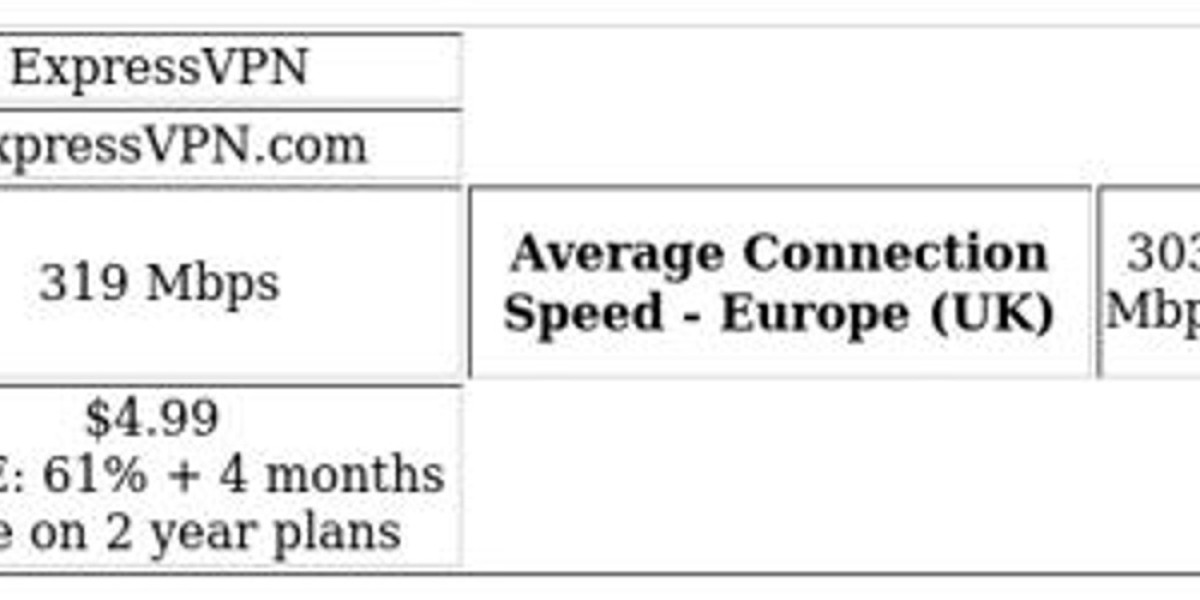Introduction
Microsoft offers a range of accounting solutions that help businesses manage their finances efficiently. From small businesses to large enterprises, Microsoft provides tools that simplify bookkeeping, invoicing, payroll, and financial reporting.
In this guide, we will explore Microsoft’s accounting software options, their features, benefits, and how they compare to other solutions. Whether you're a business owner, accountant, or financial professional, this guide will help you understand how microsoft accounting can improve financial management for your business.
What is Microsoft Accounting?
Microsoft Accounting refers to the range of financial management tools and software solutions provided by Microsoft. While Microsoft no longer offers a standalone Microsoft Office Accounting software (discontinued in 2009), it has integrated accounting functionalities into its cloud-based business applications, particularly Microsoft Dynamics 365 and Excel-based financial management tools.
Microsoft’s Accounting Solutions
- Microsoft Dynamics 365 Business Central – A full-fledged Enterprise Resource Planning (ERP) system with advanced accounting capabilities.
- Microsoft Excel – Widely used for financial analysis, budgeting, and basic accounting.
- Microsoft Power BI – Business intelligence tool that integrates with accounting software for data visualization.
- Microsoft 365 Integrations – Tools like Outlook, Teams, and SharePoint enhance collaboration in financial workflows.
Key Features of Microsoft Accounting Solutions
1. General Ledger Management
- Track all financial transactions.
- Generate income statements and balance sheets.
- Automate journal entries.
2. Accounts Payable & Receivable
- Manage vendor payments and invoices.
- Automate reminders for unpaid bills.
- Reconcile bank transactions seamlessly.
3. Invoicing and Billing
- Create professional invoices.
- Accept multiple payment methods.
- Automate recurring billing.
4. Payroll Management
- Calculate employee salaries, deductions, and taxes.
- Integrate with third-party payroll providers.
- Generate payslips and tax reports.
5. Tax Calculation & Compliance
- Automated VAT and GST calculations.
- Filing tax reports for compliance.
- Integration with tax authorities (e.g., HMRC for the UK and IRS for the USA).
6. Financial Reporting & Analytics
- Customizable financial dashboards.
- Advanced analytics with Power BI.
- Real-time reporting for better decision-making.
7. Cloud Integration & Security
- Secure cloud storage with Microsoft Azure.
- Role-based access control.
- Backup and recovery options.
Benefits of Using Microsoft Accounting Solutions
1. Seamless Integration with Microsoft Ecosystem
Microsoft Accounting solutions integrate with Office 365, Power BI, and Teams, allowing businesses to streamline their workflows.
2. Scalability for Growing Businesses
Microsoft Dynamics 365 Business Central scales with business growth, accommodating new users and financial complexities.
3. Cost-Effective Solutions
Compared to high-end ERP systems, microsoft accounting cloud-based accounting tools offer a cost-effective way to manage finances.
4. Cloud Accessibility
Access accounting data from anywhere using cloud-based solutions, ensuring remote teams can collaborate efficiently.
5. Security & Compliance
With enterprise-grade security features and compliance with financial regulations, Microsoft ensures data protection and regulatory adherence.
How to Choose the Right Microsoft Accounting Solution
1. Small Businesses & Startups
- Use Microsoft Excel for basic bookkeeping.
- Consider Microsoft Dynamics 365 Business Central for growing needs.
2. Medium to Large Enterprises
- Use Dynamics 365 Finance & Operations for full-scale financial management.
- Leverage Power BI for in-depth financial analytics.
3. Freelancers & Self-Employed Professionals
- Use Excel templates for budgeting and invoicing.
- Integrate with third-party accounting software like QuickBooks or Xero.
Microsoft Accounting vs. Other Accounting Software
Feature | Microsoft Dynamics 365 | QuickBooks | Xero |
Cloud-Based | Yes | Yes | Yes |
Integration with Microsoft 365 | Yes | Limited | No |
Advanced Reporting | Yes | Basic | Basic |
AI-Powered Insights | Yes | No | No |
Payroll Management | Yes | Yes | Yes |
Best For | Medium & Large Businesses | Small Businesses | Small Businesses |
While QuickBooks and Xero cater mainly to small businesses, Microsoft Dynamics 365 is a powerful solution designed for medium to large enterprises with complex financial needs.
Getting Started with Microsoft Accounting
Step 1: Choose the Right Plan
Visit Microsoft’s official site to explore the best plan for your business needs.
Step 2: Set Up Financial Modules
Configure general ledger, invoicing, and tax settings based on your business type.
Step 3: Import Financial Data
Migrate existing financial data from spreadsheets or previous accounting software.
Step 4: Customize Reports & Dashboards
Use Power BI to create detailed financial reports tailored to your business.
Step 5: Train Your Team
Ensure employees understand how to use Microsoft’s accounting tools effectively.
Conclusion
Microsoft Accounting solutions provide businesses with powerful tools for managing finances efficiently. Whether you're a freelancer, a growing business, or an enterprise, Microsoft’s cloud-based accounting software can streamline your financial operations, improve accuracy, and ensure compliance.



